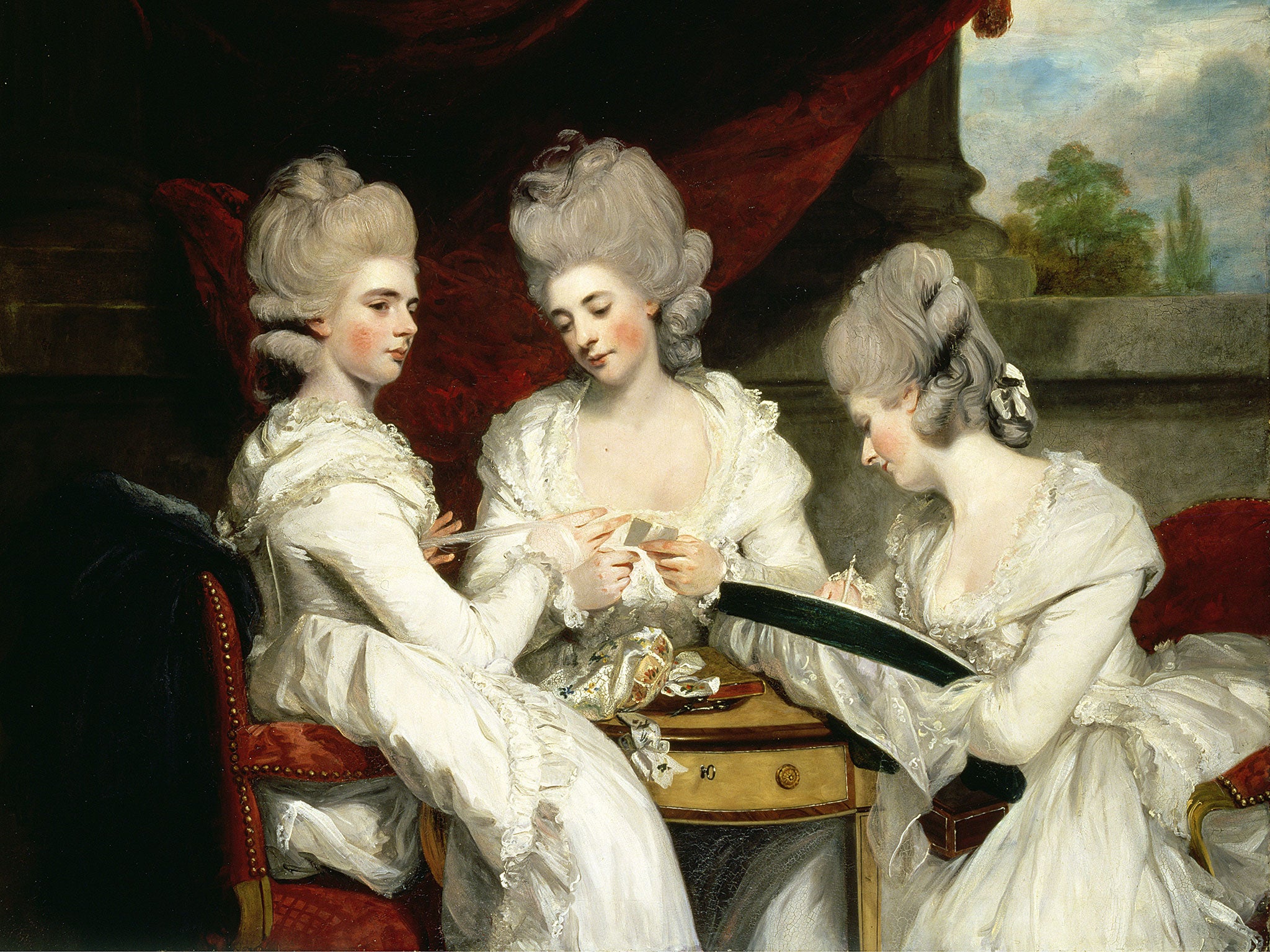Prized artworks from Scottish National Gallery risked oblivion with bargain basement plan for nuclear attack
The plan for England's treasures would have involved eleven vans whisking through London to collect masterpieces from the National Gallery, the Tate, the British Museum and the Victoria & Albert Museum

Think of it less as Desert Island Discs and more as nuclear island artwork. At the height of Cold War tension, fearful that Soviet missiles raining down on the British Isles could destroy prized art treasures, Whitehall officials drew up secret plans to save the country’s finest paintings for anyone who survived the atomic apocalypse.
But while London’s museums received preferential treatment of being granted space in underground nuclear-proof bunkers, the artwork of Scotland would be consigned to the less secure protection of mere basements and boiler rooms, declassified documents suggest.
The minutes dating from the 1980s, released by National Archives, have emerged while 10 of the Scottish National Gallery’s most prized paintings have been proudly displayed on loan in New York’s Frick Collection.
The chances are that most of those pieces – which include John Constable’s “The Vale of Dedham”, Allan Ramsay’s “Margaret Lindsay of Evelick”, and Sir Joshua Reynolds’ “The Ladies Waldegrave” – would never have been seen again had the nuclear button been pressed, according to the Art Newspaper.
Fears of nuclear war with the Soviet Union had prompted government departments across the UK in the 1980s to plan for the worst.
Previously released documents detail how eleven vans would whisk through London and collect masterpieces from venues including the National Gallery, the Tate, the British Museum and the Victoria & Albert Museum. They would be transferred to underground bunkers in Wales and Wiltshire, or remote country estates.
Earmarked for inclusion were Van Gogh’s “Sunflowers”, Monet’s “Water lilies” and Constable’s “The Hay Wain” from the National Gallery. Works by Turner and Gainsborough from the Tate were also part of the salvation plans, while Italian and Dutch Renaissance masterpieces were picked from the Queen’s Collection. Most would likely have been stored inside Mold’s Rhydymwyn Valley bunker, which housed mustard gas shells during the Second World War, and where Bank of England gold is also thought to once have been kept.
But the strategy in Scotland appears to have been more haphazard. “It would seem that there is very adequate space in the basement for all the exhibits which the museum might wish to place in special storage,” officials at the Royal Scottish Museum noted in the documents. Similar advice was given for the National Gallery on The Mound, while the National Museum of Antiquities was even instructed to use its boiler room.
“It seems the Scottish Office was unable to find suitable storage in remote areas if someone in the Kremlin had pushed the big red button,” the Art Newspaper said in an editorial.
Officials had learnt from experience of the dangers of not using properly bomb-proofed bunkers. Some of the most prestigious international artworks held in Britain, including the Elgin marbles, were lucky to have survived after spending the war in a disused tunnel of Aldwych tube station.
Briefing papers also contained a healthy dose of scepticism about the immediate importance of rescuing art in the event of an attack.
“The most probable scenario suggests that people will begin to emerge from sheltered accommodation from about one week after a nuclear attack, it is unlikely that attention to stored exhibits will be a high priority during the survival or recovery stage.”
Subscribe to Independent Premium to bookmark this article
Want to bookmark your favourite articles and stories to read or reference later? Start your Independent Premium subscription today.

Join our commenting forum
Join thought-provoking conversations, follow other Independent readers and see their replies